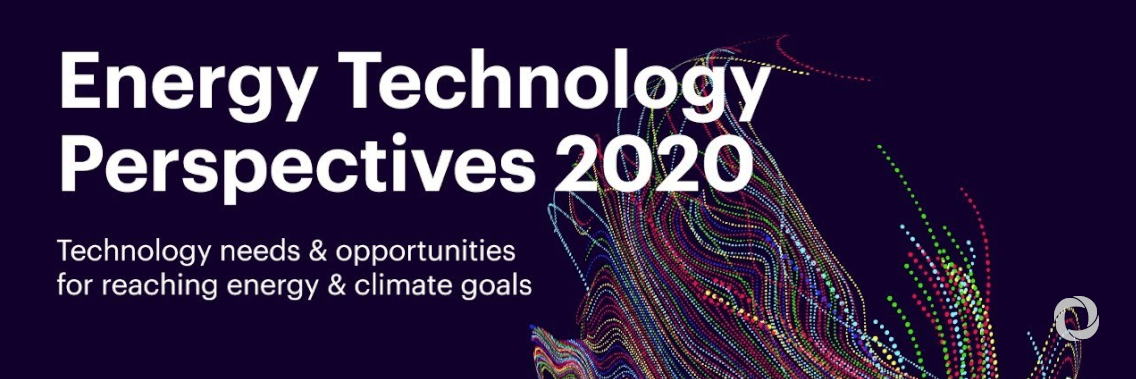A major effort to develop and deploy clean energy technologies worldwide is urgently needed to meet international energy and climate goals, particularly in order to reduce carbon emissions from areas beyond the power sector such as transport, buildings and industry, according to a new IEA report.
With global carbon emissions at unacceptably high levels, structural changes to the energy system are required to achieve the rapid and lasting decline in emissions called for by the world’s shared climate targets. The IEA’s Energy Technology Perspectives 2020 – the first core ETP report for three years following a revamp of the series – analyses more than 800 different technology options to assess what would need to happen to reach net-zero emissions by 2070 while ensuring a resilient and secure energy system.
It finds that transitioning just the power sector to clean energy would get the world only one-third of the way to net-zero emissions. Completing the journey will require devoting far more attention to the transport, industry, and buildings sectors, which today account for about 55% of CO2 emissions from the energy system. Much greater use of electricity in these sectors – for powering electric vehicles, recycling metals, heating buildings and many other tasks – can make the single largest contribution to reaching net-zero emissions, according to the report, although many more technologies will be needed.
“Despite the difficulties caused by the Covid-19 crisis, several recent developments give us grounds for increasing optimism about the world’s ability to accelerate clean energy transitions and reach its energy and climate goals. Still, major issues remain. This new IEA report not only shows the scale of the challenge but also offers vital guidance for overcoming it,” said Dr. Fatih Birol, the IEA’s Executive Director.
Energy Technology Perspectives 2020 (ETP 2020) examines how to address the challenge of long-lasting energy assets already operating around the world – including inefficient coal power plants, steel mills and cement kilns, most of which were recently built in emerging Asian economies and could operate for decades to come. It finds that the power sector and heavy industry sectors together account for about 60% of emissions today from existing energy infrastructure. That share climbs to nearly 100% in 2050 if no action is taken to manage the existing assets’ emissions, underscoring the need for the rapid development of technologies such as hydrogen and carbon capture.
Ensuring that new clean energy technologies are available in time for key investment decisions will be critical. In heavy industries, for example, strategically timed investments could help avoid around 40% of cumulative emissions from existing infrastructure in these sectors. Accelerated innovation is crucial for this – and for scaling up the clean energy technologies needed across the energy system.
Governments need to play an outsized role in accelerating clean energy transitions towards meeting international goals, according to ETP 2020. The report highlights core areas that policymakers need to make sure they address. And it notes that economic stimulus measures in response to the Covid-19 crisis offer a key opportunity to take urgent action that could boost the economy while supporting clean energy and climate goals.
Read the report: Energy Technology Perspectives 2020.
Original source: IEA

